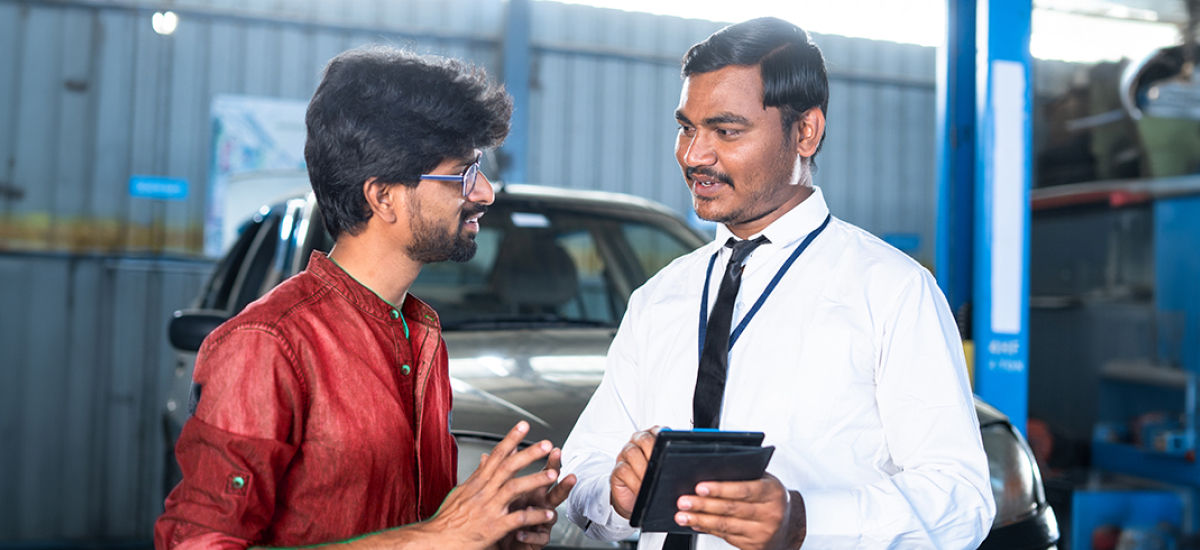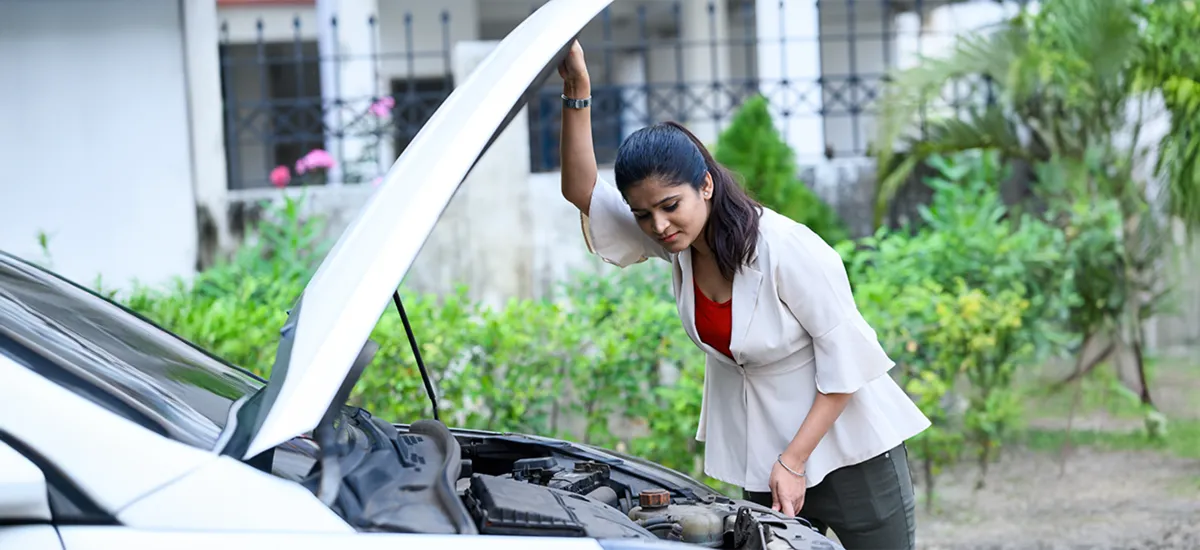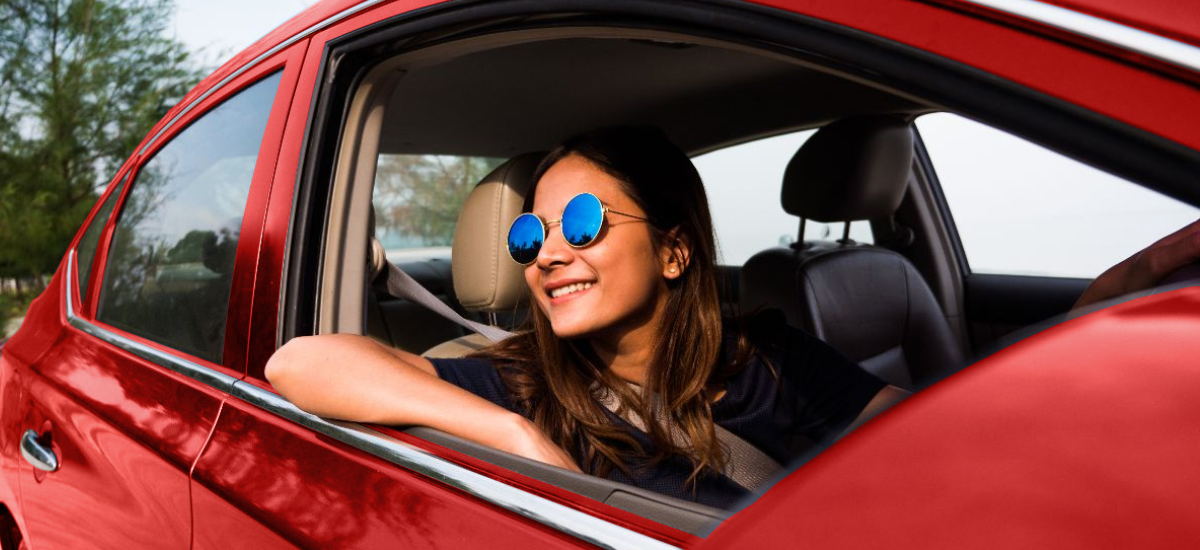Did you know? According to the General Insurance Council Report, over 60% of vehicles on Indian roads are uninsured as of 2023. Many car owners either skip their own damage (OD) coverage or misunderstand its purpose, exposing themselves to hefty repair costs and unexpected financial burdens.
Standalone own damage car insurance is one of the most misunderstood components of comprehensive coverage. Myths and misconceptions often prevent car owners from opting for this essential protection. It’s time to set the record straight.
What is standalone own damage car insurance?
Standalone own damage (OD) car insurance is a policy specifically covering damage to your vehicle, not third-party liabilities. It was introduced in 2019 as a separate product to offer more flexibility to policyholders, especially after the IRDAI allowed buyers to separate third-party and own-damage policies.
This insurance covers a wide range of scenarios, including:
It doesn't cover third-party liabilities — that’s where the mandatory third-party insurance comes in. So, while third-party insurance is legally required, OD coverage protects the value of your vehicle.
Myths about own damage car insurance
Let’s bust the most common OD insurance misconceptions floating around about comprehensive vehicle coverage insurance:
Myth 1: “I don’t need OD insurance if I have third-party coverage.”
Reality: Third-party insurance only covers damage or injury to someone else. It doesn’t protect your car. If you’re in an accident, the cost to repair or replace your vehicle falls entirely on you. OD insurance ensures your vehicle is protected, too.
Myth 2: “It’s only useful for new or expensive cars.”
Reality: While high-value or new vehicles certainly benefit from OD insurance, older vehicles are also at risk of accidents, fire, or theft. Repair costs can still be significant — and OD insurance offers peace of mind regardless of your car’s age.
Myth 3: “OD insurance is too expensive.”
Reality: Premiums for standalone OD policies are quite affordable, especially when bundled with multi-year third-party plans. You can reduce premiums by choosing voluntary deductibles, installing anti-theft devices, and maintaining a good claim history.
Myth 4: “Comprehensive insurance is the same as standalone OD.”
Reality: Comprehensive vehicle coverage is a bundle of third-party and OD coverage. Standalone OD allows you to buy only your damaged component, usually if you already have a third-party policy. It gives more flexibility in managing policies and choosing the best premium.
Myth 5: “My insurer won’t let me buy OD insurance separately.”
Reality: This used to be the case, but not anymore. Since IRDAI’s directive in 2019, all insurers have been mandated to offer standalone OD policies. So, you can mix and match third-party and own damage policies from different insurers if you like.
Myth 6: “OD insurance doesn’t cover natural calamities.”
Reality: On the contrary, standalone OD policies usually cover natural disasters such as floods, cyclones, earthquakes, landslides, and more. This becomes especially crucial if you live in high-risk zones or flood-prone areas.
Myth 7: “Claims under OD policies are rarely approved.”
Reality: Claim rejection only occurs due to policy violations — like driving without a license or under the influence. If you’ve followed the rules and submitted proper documentation, your OD insurance claim is likely to be approved without hassle.
Myth 8: “I can only claim for major accidents, not minor repairs.”
Reality: Even minor damages like dents, scratches, broken mirrors, or bumper repairs can be claimed under OD policies. However, policyholders often weigh the cost of repair versus losing out on the No Claim Bonus (NCB) before filing.
Myth 9: “I don’t need OD insurance if I rarely drive my car.”
Reality: Accidents and damages aren’t tied to driving frequency. A tree falling on a parked car or an act of vandalism doesn’t matter how often you use your vehicle. OD coverage shields you from such unpredictable events.
Myth 10: “The claim process is too complicated.”
Reality: Most insurers have simplified the claim process with mobile apps, digital uploads, and cashless garages. The process is now quicker, more transparent, and customer-friendly than ever before.
Conclusion
Don’t let outdated myths about own damage car insurance steer your financial decisions. Standalone own damage car insurance is not just for “careless” drivers or expensive vehicles — it’s a prudent safeguard for any car owner. When the unexpected happens, this cover ensures you're not paying out of pocket for major or minor repairs. It’s about risk management, peace of mind, and financial security on the road.
Explore offerings by Generali Central to customize a plan that includes the right standalone OD coverage — with easy claims, wide coverage, and pocket-friendly premiums.
FAQs
Q1: Is standalone own damage insurance mandatory?
A: No, it’s optional. However, it is highly recommended to protect your own vehicle from damage, fire, theft, and natural disasters. Third-party insurance remains mandatory.
Q2: Can I buy standalone OD insurance from a different insurer than my third-party policy?
A: Yes. IRDAI allows you to mix and match policies. Just ensure the OD policy is from a registered and recognised insurer.
Q3: Will standalone OD insurance cover engine damage due to waterlogging?
A: Some OD policies cover engine damage, but usually under an add-on like "Engine Protection Cover". Check policy inclusions carefully.
Q4: What documents do I need for an OD insurance claim?
A: You’ll need your policy document, vehicle RC, driver’s licence, FIR (if applicable), photos of the damage, and repair estimates.
Q5: Can I convert my standalone OD policy into a comprehensive one later?
A: Yes, you can upgrade during renewal. You’ll need to bundle it with a third-party cover to form a comprehensive coverage plan.




















